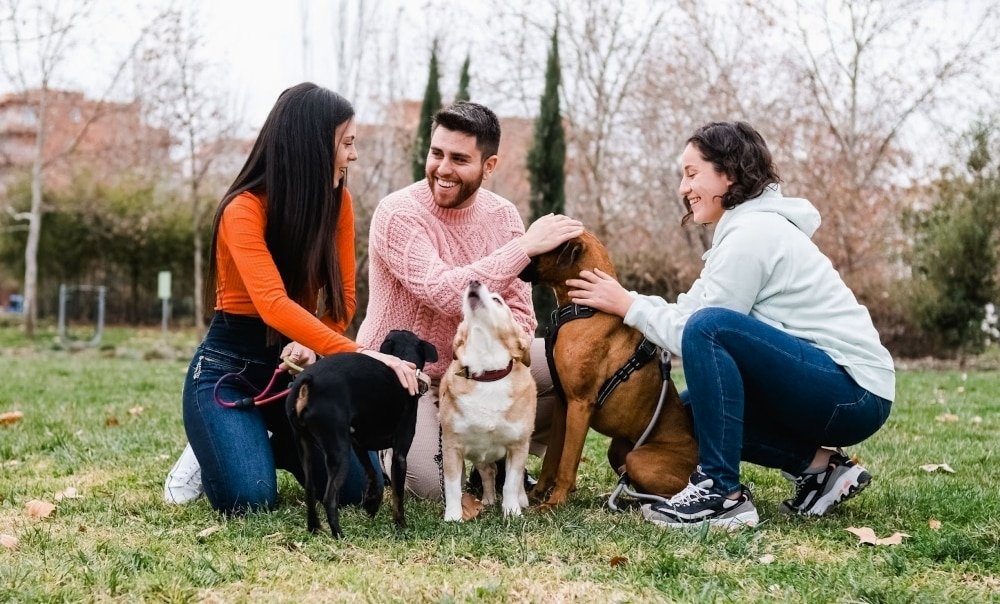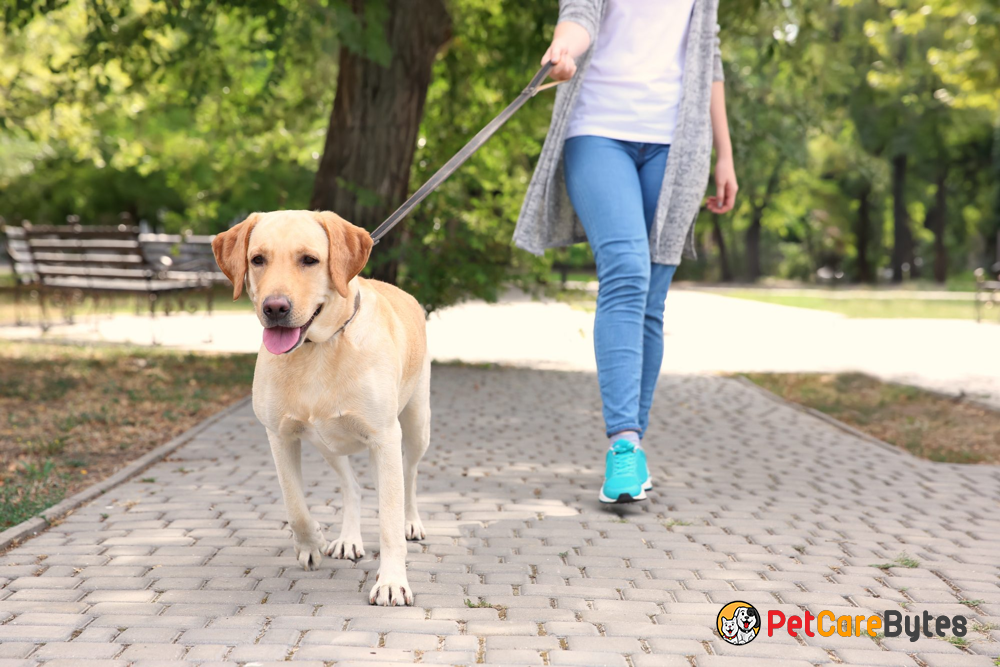
Tips and Tricks to Prevent Dog Bites
Dogs are often referred to as man’s best friend, but it’s important to remember that even the friendliest of dogs can bite under certain circumstances. In this article, we’ll explore valuable tips and tricks that can help you prevent dog bites and ensure a harmonious relationship between humans and their canine companions.
Read More: Heat Rash on Dogs: How to Recognize and Treat It
Understanding Canine Behavior

The Language of Dogs
To effectively prevent dog bites, it’s crucial to understand canine behaviour and communication. Dogs use a combination of body language, vocalizations, and postures to express their feelings. By learning to interpret these signals, you can anticipate a dog’s reactions and avoid situations that might trigger a bite.
Recognizing Stress and Anxiety
Dogs can become stressed or anxious in various situations, such as when meeting new people, encountering other animals, or being exposed to loud noises. Signs of stress may include panting, pacing, yawning, and avoiding eye contact. By identifying these signs, you can provide a calmer environment for your dog and reduce the risk of aggression.
Responsible Ownership

Proper Socialization
Socializing your dog from a young age is crucial for preventing aggressive behaviour. Exposing your dog to different people, animals, and environments can help them develop confidence and adaptability. Gradually exposing your pup to new experiences can make them less likely to react defensively when faced with unfamiliar situations.
Obedience Training
Obedience training establishes clear boundaries and commands that your dog can understand. Teaching basic commands like “sit,” “stay,” and “leave it” helps you maintain control in potentially risky situations. This training not only prevents dog bites but also enhances the bond between you and your furry friend.
Interacting Safely
Reading Body Language
When interacting with any dog, it’s essential to read their body language carefully. A wagging tail doesn’t always signify friendliness; it could indicate excitement or even anxiety. Avoid approaching dogs that display signs of aggression, such as raised hackles, growling, or baring teeth.
Asking Permission
Before approaching a dog you don’t know, always ask the owner for permission. Even if a dog appears friendly, you never know how they might react to a stranger. Respecting an owner’s decision ensures a safer encounter for both you and the dog.
Safety Around Children

Educating Kids
Teaching children how to interact with dogs respectfully is vital for preventing bites. Children should learn not to disturb dogs while they’re eating or sleeping and to avoid pulling their ears or tails. Encourage them to ask an adult for permission before petting any dog.
Supervision
Supervision is crucial when dogs and children are together. Never leave a child alone with a dog, regardless of how familiar they are with each other. Even the gentlest dogs can react unpredictably if they feel threatened or provoked.
Dealing with Strays
Caution with Stray Dogs
Encountering a stray dog can be risky, especially if the dog is frightened or hungry. Keep a safe distance and avoid sudden movements. If you encounter a friendly stray, contact local animal control or a rescue organization to ensure their safety.
Read More: How to Avoid Toxic Foods for Dogs and Cats
FAQs
1. Can all dogs be trained to avoid biting?
While training can significantly reduce the likelihood of bites, individual temperament and past experiences also play a role. Some dogs may have a stronger predisposition to aggression, making it important to prioritize safety and awareness.
2. Are certain dog breeds more prone to biting?
Certain breeds have been historically associated with higher bite rates, but it’s essential to remember that a dog’s behaviour is influenced by various factors, including upbringing and socialization.
3. Is it safe to approach a dog with a wagging tail?
A wagging tail doesn’t always indicate friendliness. It’s important to consider other body language cues and approach with caution, especially if you’re unfamiliar with the dog.
4. How can I help a fearful dog become less aggressive?
Consulting with a professional dog trainer or behaviourist can provide valuable guidance on helping fearful dogs become more comfortable and less likely to react aggressively.
5. What should I do if I encounter a stray dog?
If you encounter a stray dog, maintain a safe distance and contact local animal control or a rescue organization to ensure proper handling and care. Your safety and the dog’s well-being should be the top priority.
Conclusion
Preventing dog bites requires a combination of understanding canine behaviour, responsible ownership, safe interactions, and educating both adults and children. By following these tips and tricks, you can build a strong and positive relationship with your canine companion while minimizing the risk of bites and ensuring the safety of those around you.







